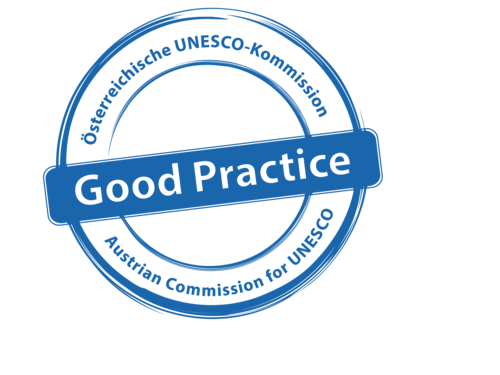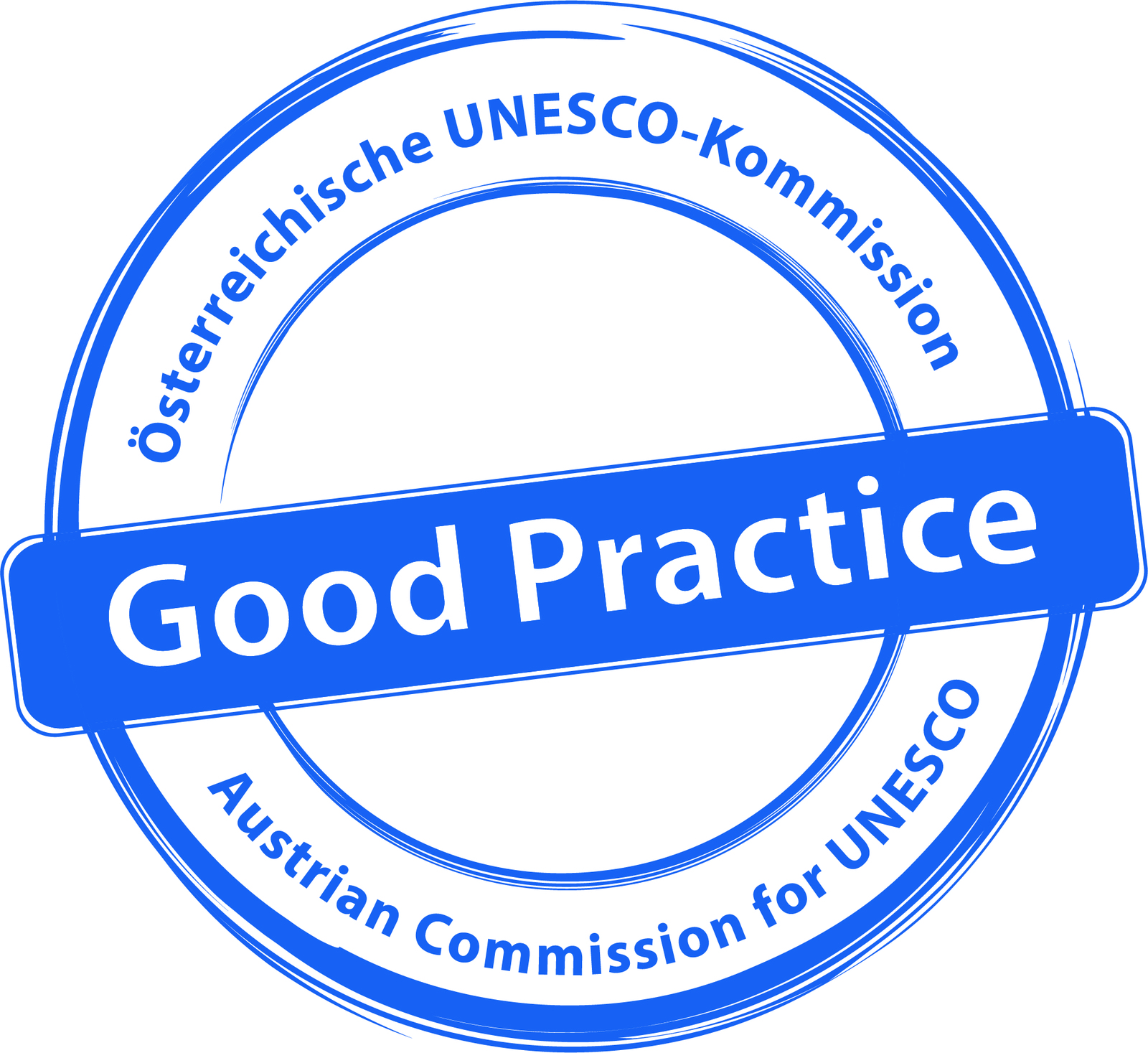
Project aim
Making the residents and employees of the city council aware that the Mülln district is part of the core zone of the World Heritage site. Communicating with and involvement of the public with regards to the strategic aims of UNESCO. Required or useful changes in this part of the World Heritage site in coordination and agreement with (or at the request of) the residents.
Project description
The Mülln district dialogue (project spanning September 2016 - May 2018) was initiated in order to query recommendations, requests and complaints among the residents of the historic district. These would be used to create objectives for administrative management and coordinate action among political actors in the near future. In light of this, district events, themed walks and surveys were carried out and exhibitions and a final information event were organised. Furthermore, statistical data were obtained on the residents and the structure of the buildings. Similarly, the historical urban development of this historic part of the city, which is located in the core zone of the world heritage site, was also examined. The project is to be published in 2018 and another book on the results of the historical urban development will be published independently. It has already been possible to implement or resolve some of the recommendations and complaints. For example, public lighting was improved during nighttime hours to create a better sense of safety and the cemetary surrounding the church Müllner Kirche was restored and made accessible again to the public.
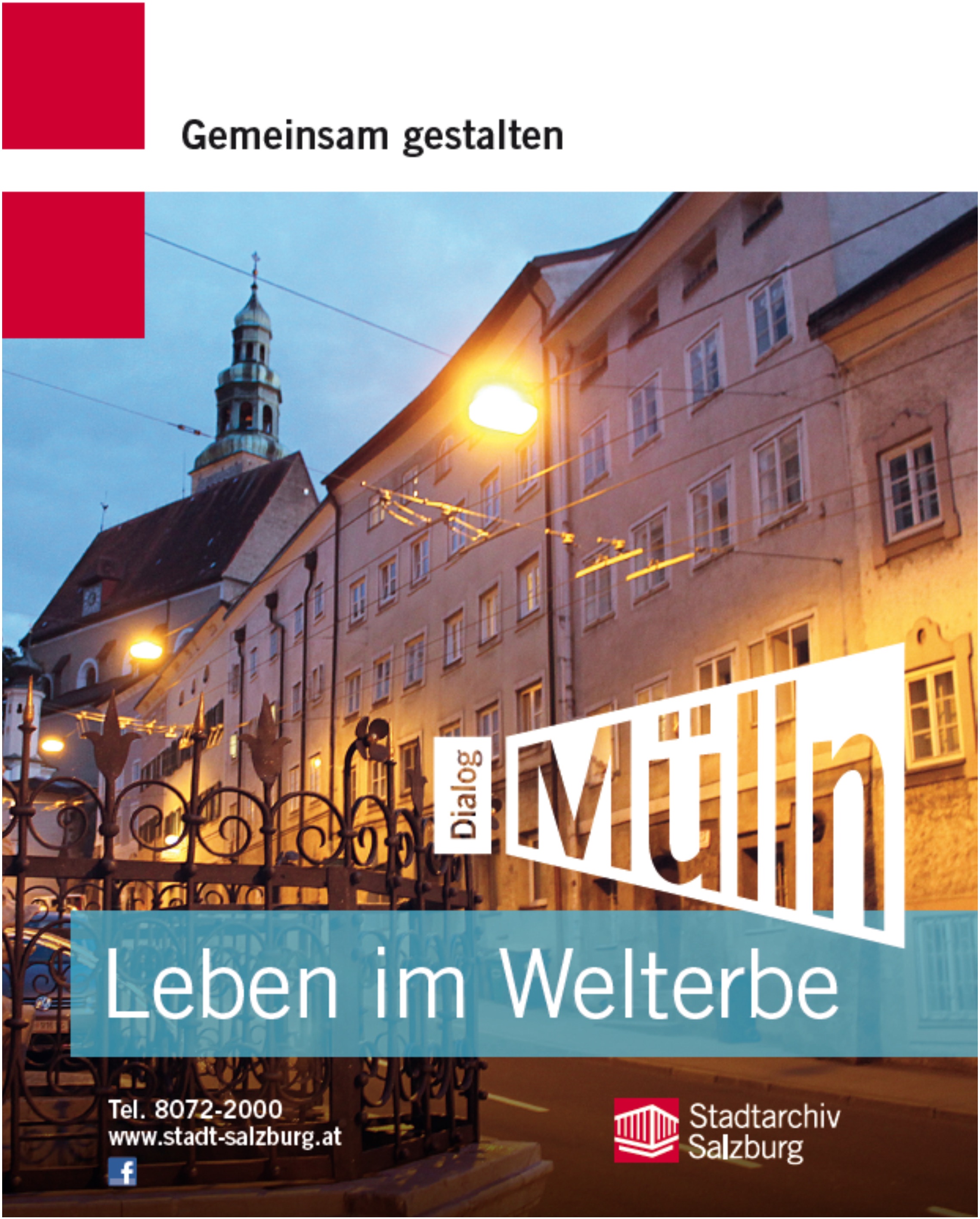
What people think
“Far too little attention has been paid to the residents of World Cultural Heritage sites, who are often directly affected by the strain that this status can put on the city and its infrastructure. It is important that their concerns be taken seriously and that their wishes be taken into account in the actions of public administrators. Because a city that’s been abandoned by its residents is not the kind of place tourists are looking for.”
“The project ‘Dialogue Mülln’ stands out primarily through the intense involvement of residents and local workers. Through various participatory activities, it has been possible to implement ideas, wishes and recommendations coming directly from those affected.”


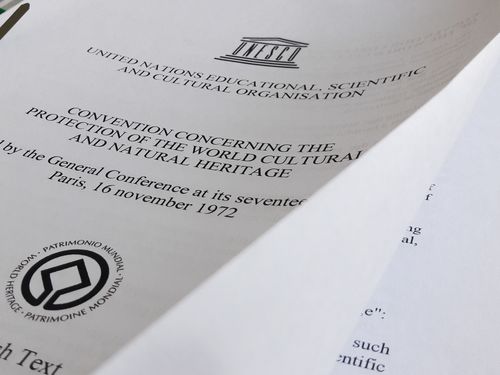

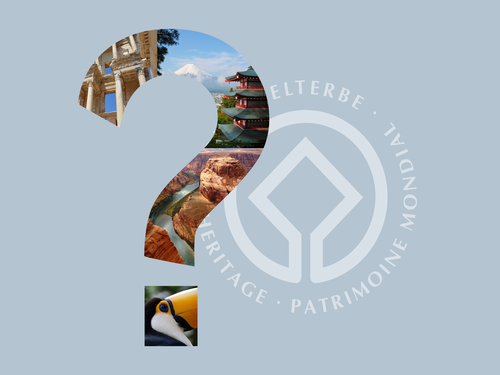
![[Translate to EN:] Welterbe in Österreich](/fileadmin/_processed_/f/c/csm_Welterbe_in_OEsterreich_2_f64603b865.jpg)
